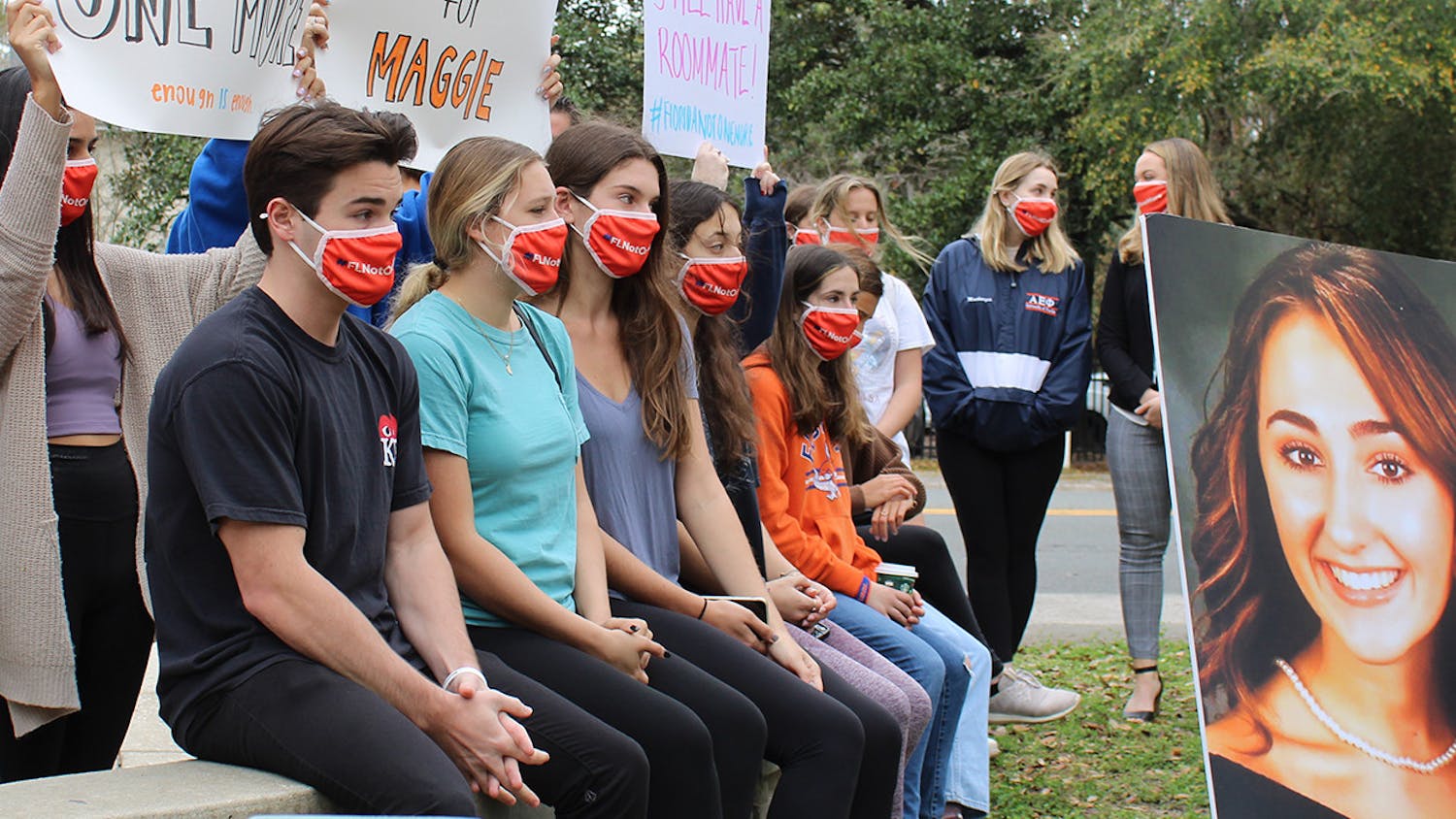A WASP-y woman finds herself in a minimum-security prison, where upon entering, gets asked a version of “How did you end up here?”
It’s a question we all want to know, but Piper Chapman did extensive research on prison (something I would probably do If I were in her shoes).
“I read that you’re not supposed to ask that,” she says.
If you’re not watching “Orange is the New Black” on Netflix, you’re seriously missing out on some great TV. The series premiered on July 11, and like the uncontrollable person I am, I binge-watched the entire first season (Can’t be tamed … y’all).
Aside from being one of the more refreshing shows to come out this summer season, it’s also the most diverse. A show about a “nice white lady” who ended up in prison for a non-violent crime she committed a decade ago is everything you’d expect it to be – and then it’s not.
Created by Jenji Kohan, the woman responsible for “Weeds,” you can expect “Orange is the New Black” to be full of equal parts drama and humor. The TV show is based of Piper Kerman’s memoir of the same title, and because it’s based on real life and not solely a writer’s imagination (which can still be awfully limited when introducing archetypes), the women on “Orange is the New Black” are real women of all shapes and sizes and all walks of life (Sorry for mimicking a Dove commercial, it just felt right.). “Orange is the New Black” tells their stories with just as much importance as Piper’s. It gets exhausting trying to categorize things specifically for women, like the ambiguous world of “women’s stories,” which in fact are hardly stories at all, but just women-centered news treated as revelations. However, “Orange is the New Black” can truly fall into this category, because these are stories of the promise, mistakes and individual journeys of women from different ethnic, racial and sexual backgrounds that don’t always get told.
Without giving away spoilers, Piper lands in prison after taking part in illegal activity with her then-partner, Alex, played by Laura Prepon (or “Hot Donna,” as you may remember her). Relationships in this show are treated in a matter-of-fact manner but are refreshing. Piper used to be a lesbian. Now she is not. When describing this to her WASP-y family, she says so slowly, so they understand – her former relationship wasn’t treated as an experimental phase in college.
Since the show is mostly confined to the prison along with Piper, lesbian scenes are practically guaranteed. What makes this show enjoyable is its self-awareness. It takes the female prisoner trope and turns it on its side. The show deals with lesbian and gay issues in a ways that don’t ever feel sappy. One character is transgender, played by Laverne Cox. “Orange is the New Black” shows her transformation into a woman, while maintaining a relationship with the wife she married when she was a he.
Every one has a story on “Orange is the New Black.” Hispanic, Black, Russian, butch, homeless, religious and ageing hippies all have stories that deserve to be told. There’s no formula for women characters on TV or in real life. Not all of them want the same things. Saying that “Orange is the New Black” is an oral history of women might be too much, but saying that it is breaking the stereotype that constantly asks, “What do women want?” or “What’s going on with women?” is getting closer. This show, like women, is neither black nor white. It’s orange and demands your attention.





